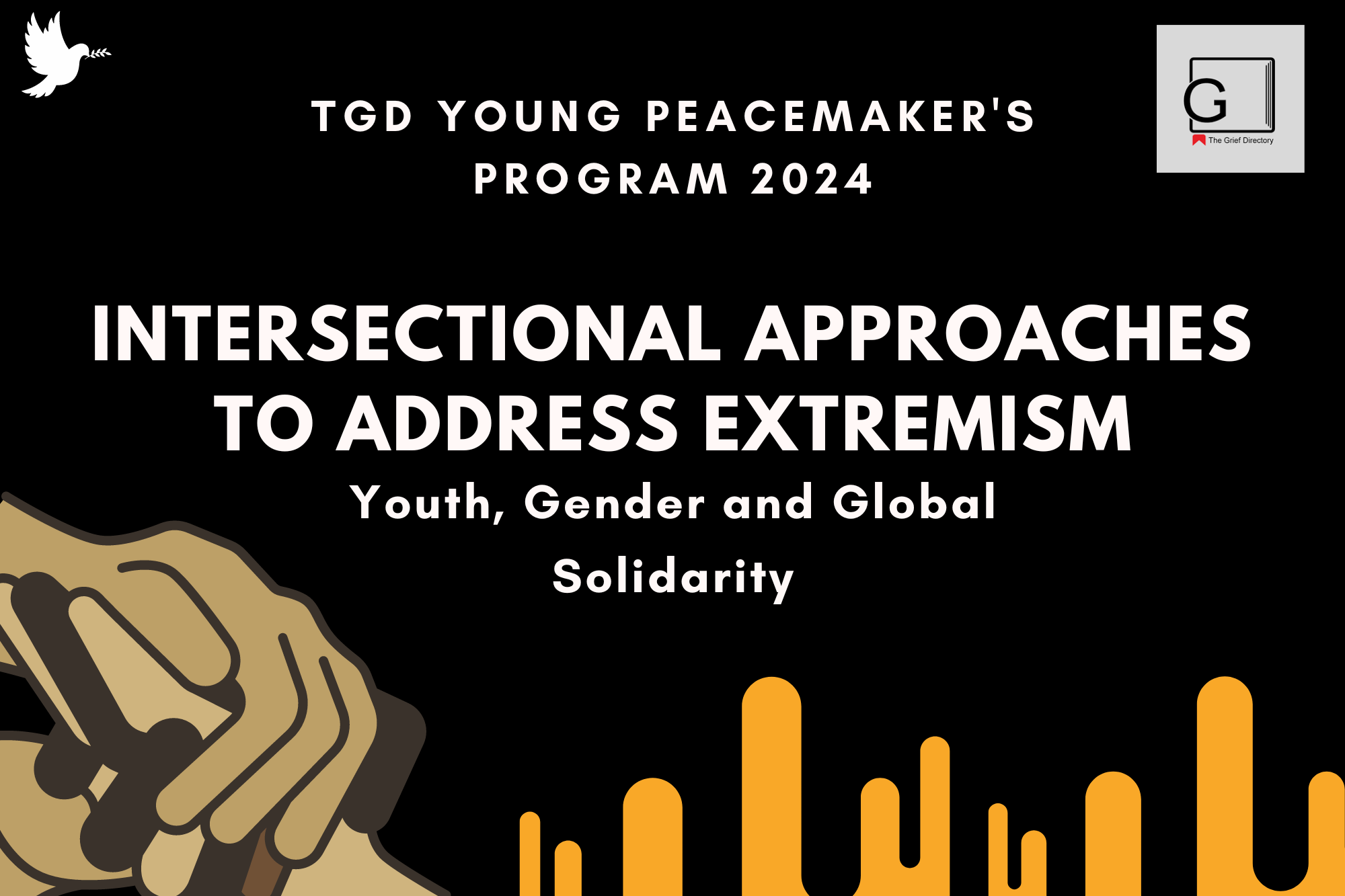In commemoration of International Human Rights Day, we are curating a thought-provoking exhibition that delves into the complex intersectionality of Gender-Based Violence (GBV) and its correlation with Extremism and Terrorism. The project aims to harness the power of art as a means of advocacy, education, and awareness surrounding these critical issues.
Overview:
Objective:
The primary goal of this initiative is to engage diverse perspectives on the pervasive challenges of Gender-Based Violence while exploring its intricate links to extremism and terrorism. Through the lens of creativity, the project seeks to foster dialogue, inspire empathy, and provoke meaningful conversations about the urgent need for addressing these interconnected global concerns.
Participation:
Artists and individuals from around the world are invited to contribute their original works that reflect their interpretations and experiences related to Gender-Based Violence and its intersection with extremism and terrorism. Submissions can take various forms, including visual arts, sculptures, digital art, spoken word, and performance pieces.
Exhibition:
Timeline:
The project is set to culminate on International Human Rights Day, where the curated exhibition will be unveiled. This day serves as a poignant backdrop to highlight the interconnected nature of these challenges and emphasize the collective responsibility to address them.
Impact:
Contributions


Whenever I am asked about my art, it leaves me wondering about what I really paint.
I am confronted by many doubts as to what this is? What am I trying to paint? What meaning do these drawings, images, or colors convey and what truly is the source of this all?
As I have confessed earlier, it often leaves me perplexed. I have yet to find a logical explanation. However, one thing is for sure that during this creative process, consciously and unconsciously, I do derive a lightness of spiritual gratification and emotional satisfaction. It equips me with a sense of purpose.
Then I think if it is even necessary to validate my expression with a logical explanation? Do we actually need systematic answers for expressions that are purely heartfelt? Does a musical note warrant some structural deconstruction? Is it truly possible to completely understand and explain feelings? Aesthetics, in my opinion, is a language in itself. So does the beauty of flowing rhythm of waterfalls and springs really rely on a logical description?
نطقِ آب ونطقِ باد ونطقِ گِل
ہست محسوسِ حواسِ اہلِ دِل
(مولانا رومی)
The language of water, air, and soil
Is only for those who have the heart to feel
Maulana Rumi
Whenever I let my emotions and sub-conscious revelations flow onto the canvas, the flower of creativity blooms. Although it might seem like a labyrinth I can, at best, call it a phenomenon springing from the fusion of the conscious and sub-conscious. It is through this maze-walk that I come across Maulana Rumi at times and Mirza Abdul Qadir Bedil at others, and sometimes I happen to see Sidhartha oblivious to the world.
Bio of Syed Fazil Hussain:
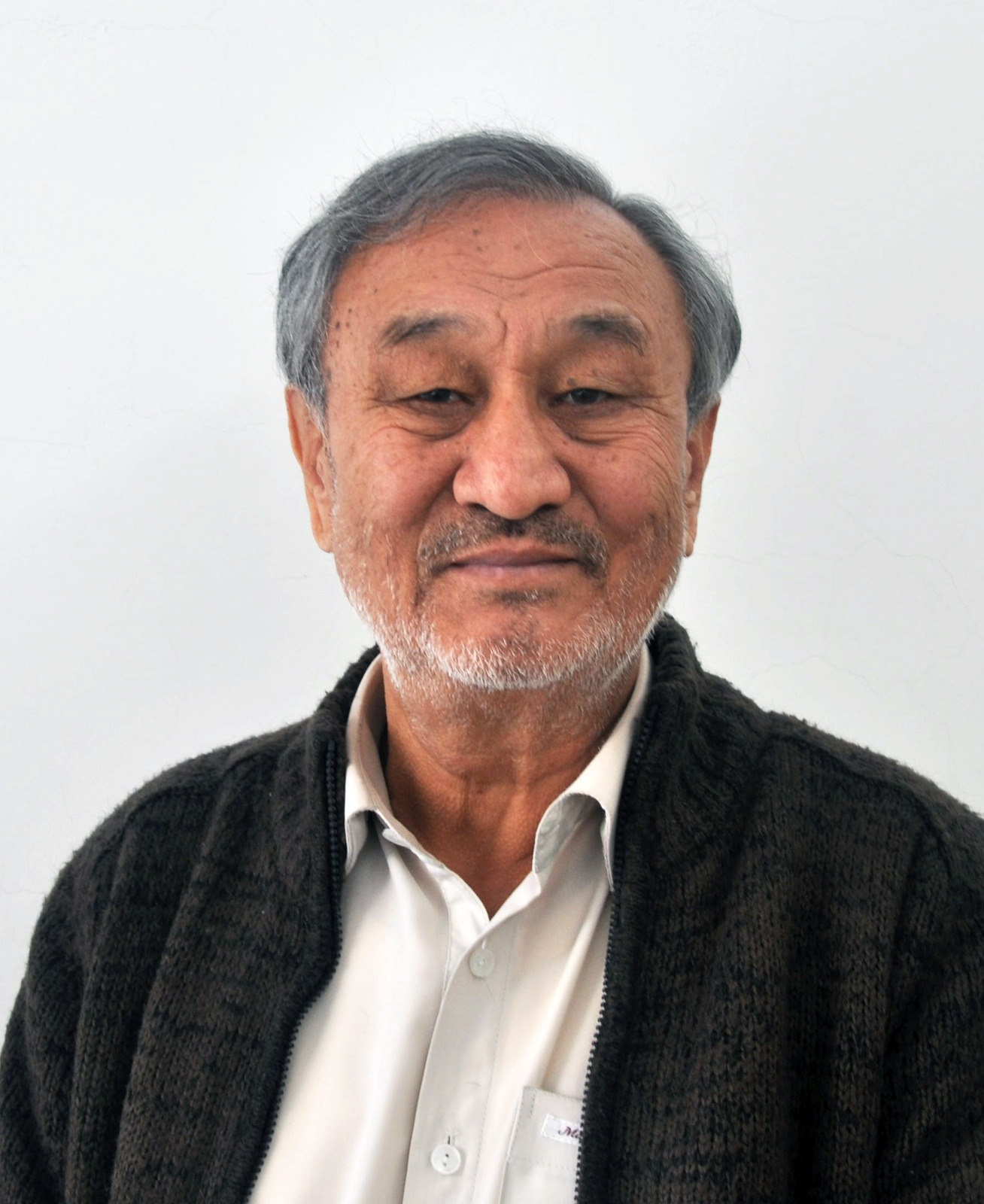
Syed Fazil Hussain, most commonly known in Quetta as Fazil Mousavi or Sir Fazil amongst his current and former students,founded the informal setup of the Sketch Club in 2009. The purpose of the club was to give back to the society by transferring his skills and knowledge to the youth of the Hazara community. However, the vision of such an institution did not come without the hurdles. It took many years to find the perfect spot where students are inspired by the stunning views of the mountains on the roof top of a building where they have the opportunity to paint in broad daylight.
Currently, there are around 20 students enrolled and the classes run from Monday to Friday between the hours of 14:00 to 16:30. Friday’s are dedicated to theory sessions through which the students learn how to critique different paintings, build their confidence and also indulge in literature such as Krishan Chander (dubbed as the storyteller of the oppressed), Ghulam Abbas (a famous writer in classical literature of the sub-continent), Ahmad Nadeem Qasmi (known as Pakistan’s Renaissance Man). Moving away from fiction, the studentsalso read essays of Ashfaq Ahmed (award winning writer from Pakistan in the field of literature and broadcasting). However, FazilMousavi is very mindful of the students’ background, cultural values and social norms. Keeping in mind of all the elements, he only chooses the fictions that the students are able to comprehend. Through such teaching techniques,FazilMousavi notes that ‘the students are also members of the society and in my class, they get the opportunity to speak and they speak openly, with freedom’.
Almost all of the professional colleges in Pakistan are aware of this informal setup in Quetta because the former students of the Sketch Club who end up in the professional colleges across Pakistan have an edge compared to the other students because of their confidence and the ability to critique. Currently, there are 14 artists (painters, designers, architects) working professionally, who have studied at the Sketch Club and 36 students are under education in professional colleges. This year alone, 16 students of the Sketch Club entered professional colleges, a figure more than from all over Balochistan Province.
The Sketch Club has received a lot of attention through their international exhibitions in Sydney, Melbourne and Los Angeles. The reason behind gaining this attention was in fact when the staff and students were preparing for an exhibition at Musa College in Quetta and a few days before the event there was a target killing where four Hazara community members were forced out of a bus and brutally killed (most recent attack was on April 12, 2019). What the Sketch Club did in response highlights the resilience of the community towards the atrocities and persecutions, they did not let fear stop them from showcasing the exhibition. Instead, the reaction was such that it helped raise the diminished morale of the community and the turnout was spectacular. The Sketch Club’s pen has in deed proven to be mightier than a sword. This is the reason whyFazilMousavi and the students of the Sketch Club have agreed to participate in the Human Rights Film Festival of 2020. The paintings will include the work of Fazil Mousavi himself and the students of the Sketch Club.
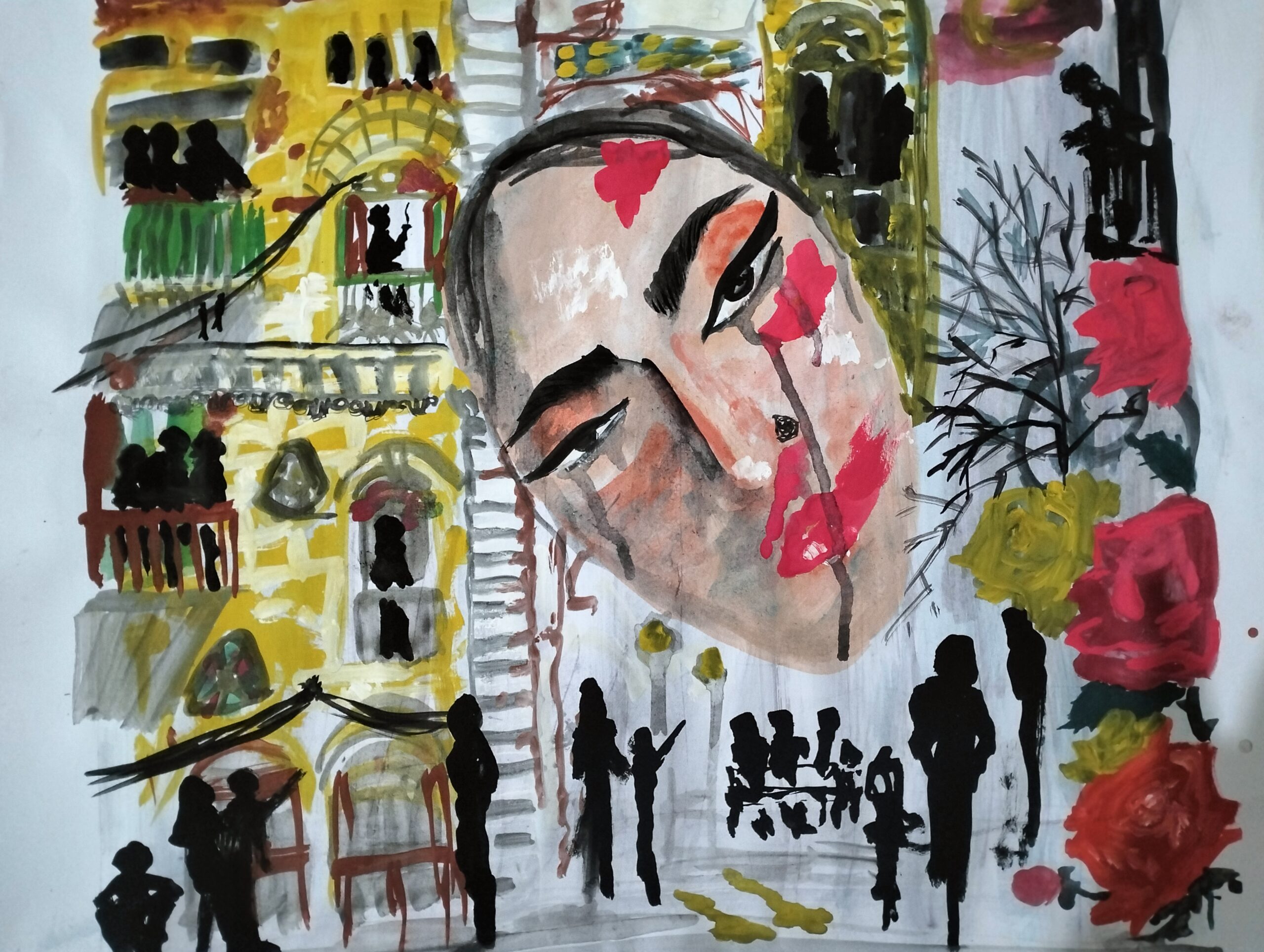
تماشائی
Bio of Sannum Habibullah Kabooro-SAAR Organisation
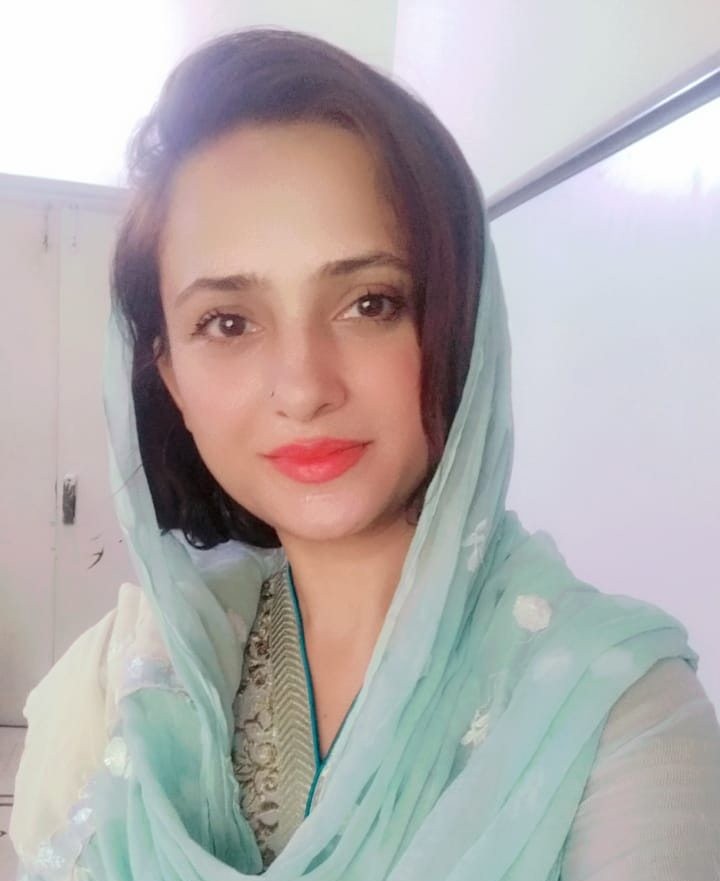
Sannum Habibullah Kabooro, the passionate Chairperson of SAAR Organisation hailing from Dadu, Sindh. As a resilient woman who has faced discrimination firsthand, Sannum is dedicated to breaking barriers and fostering change. Her advocacy focuses on girls’ education and gender equality, striving to create a more inclusive and just society.
In her journey, Sannum finds inspiration in the pages of books, which serve as her mentors, guiding her path towards positive transformation. Additionally, she seeks solace in the world of fine arts, a realm where creativity meets resilience.
Every Woman is a Story
This narrative-driven artwork delves into the various forms of violence experienced by women in society, employing the symbolism of mannequins to vividly illustrate the pervasive objectification of gender.
Anam Sairah Khan
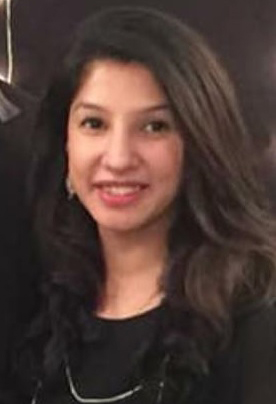
Anam Sairah Khan, a seasoned communication professional with an M.Phil in Media Studies and extensive training in media and communications. With over 10 years of experience, including impactful roles at the World Health Organization, she advocates for women and children’s health in Pakistan.
Recipient of the IFA Cross Culture Scholarship in 2014, Anam worked with Deutsche Welle TV and Reporters without Borders in Germany. Her illustrious career has earned her numerous awards for contributions to women and children’s well-being.
Anam is committed to creating awareness on gender-based violence, mental health, and immunizations in Pakistan. Leveraging her photography and filmmaking skills, she passionately addresses critical issues.


